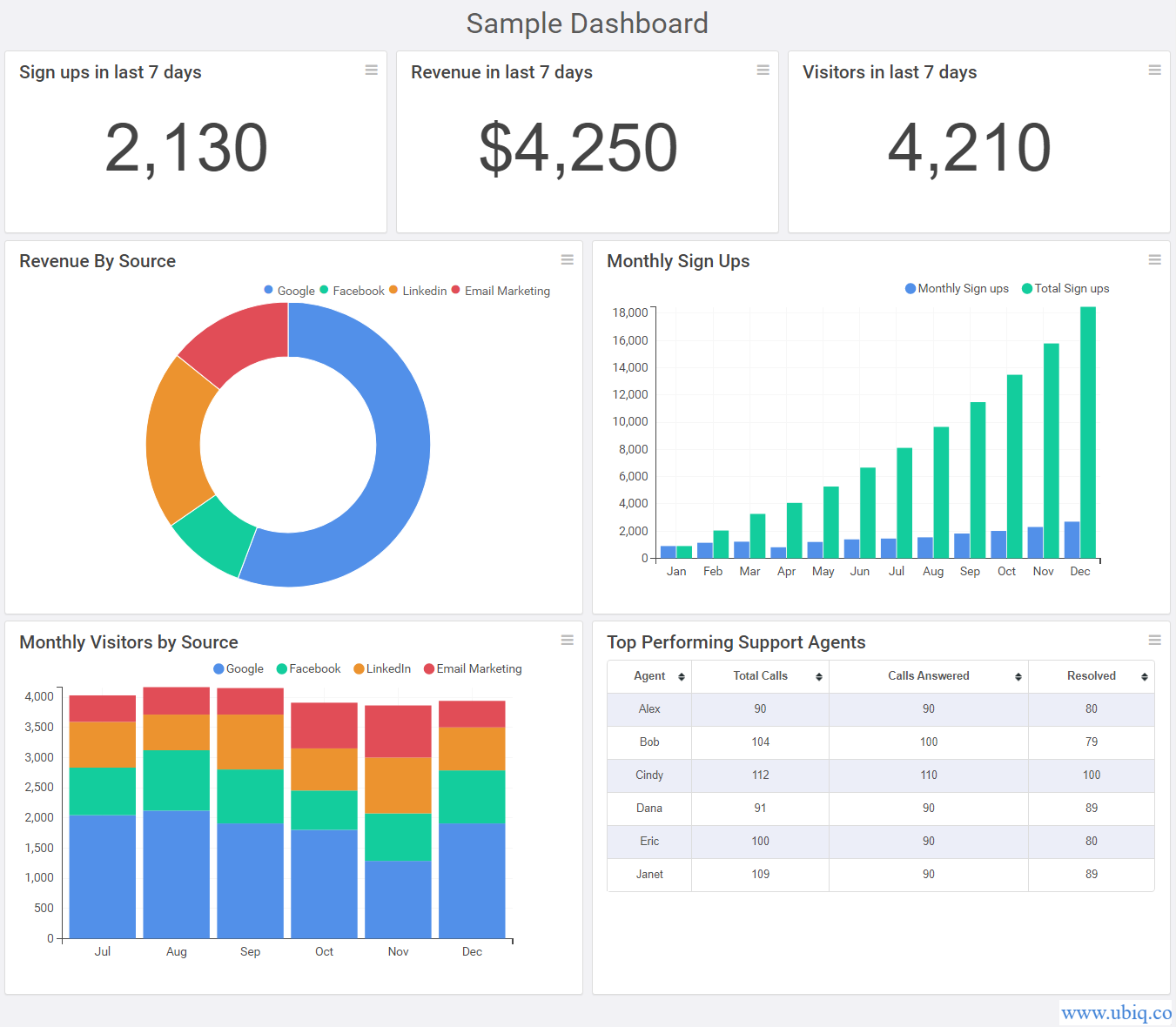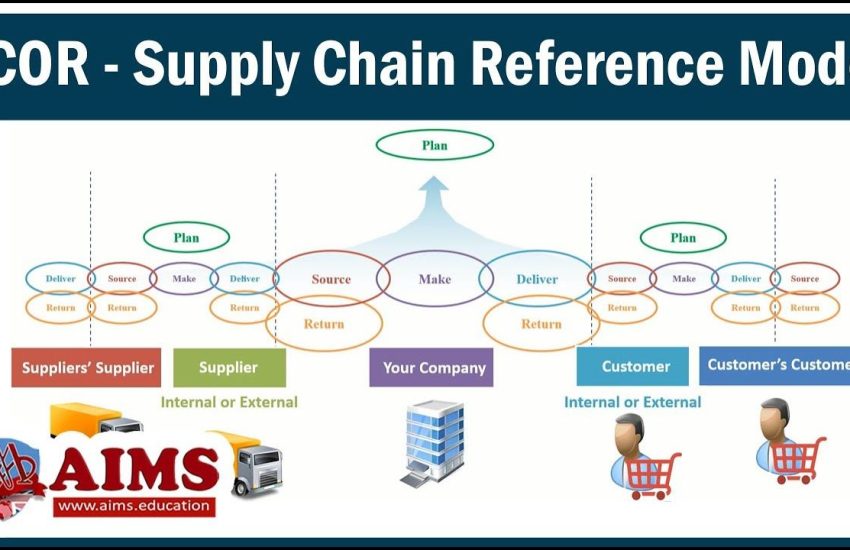Business Reporting and Dashboards: Real-time Data
In today’s fast-paced business environment, real-time data has become crucial for effective decision-making and managing operations. Business reporting and dashboards play a vital role in presenting this data in a concise and insightful manner. In this article, we will explore the importance of real-time data in business reporting and how dashboards facilitate the interpretation of this information.
The Shift towards Real-time Data
In the past, business reports were generated periodically, often on a monthly or quarterly basis. However, this approach had its limitations. By the time the reports were generated, the data could be outdated, making it challenging to respond quickly to emerging trends and challenges.
Real-time data, on the other hand, provides up-to-the-minute information on key business metrics. This data is continuously updated and allows decision-makers to have a real-time view of their operations. Whether it’s sales figures, website analytics, or inventory levels, real-time data offers a deeper understanding of the current state of affairs.
The Benefits of Real-time Data in Business Reporting
1. Improved Decision-making: Real-time data enables faster, more accurate decision-making. With access to real-time information, managers can quickly identify issues, spot trends, and make timely decisions based on the latest data.
2. Enhanced Operational Efficiency: By closely monitoring real-time data, businesses can optimize their operations. They can identify bottlenecks, streamline processes, and make adjustments in real-time, resulting in increased efficiency and productivity.
3. Better Customer Insights: Real-time data provides valuable insights into customer behavior, preferences, and needs. By analyzing this data, businesses can personalize their offerings, improve customer experiences, and drive customer loyalty.
The Role of Dashboards in Business Reporting
Dashboards act as visual representations of real-time data, allowing users to quickly grasp the current performance metrics and trends. These powerful tools play a key role in business reporting by:
1. Data Visualization: Dashboards present complex data in a visually appealing and easy-to-understand manner. Through charts, graphs, and other visual elements, dashboards enable users to quickly identify patterns, correlations, and outliers.
2. Customization: Dashboards can be customized to suit individual preferences and requirements. Users can choose the metrics they want to monitor, select specific timeframes, and arrange visual elements to create a personalized view of the data.
3. Interactivity: Dashboards often come with interactive features, such as drill-down capabilities or filters, allowing users to dive deeper into the data. This interactivity enables users to explore different dimensions of the data and gain valuable insights.
Best Practices for Designing Effective Dashboards
1. Keep it Simple: Avoid cluttering the dashboard with excessive information. Focus on displaying the most relevant metrics and keep the design clean and uncluttered.
2. Use Visual Hierarchy: Prioritize information based on its importance by using visual cues such as size, color, and placement. Users should be able to quickly identify the most critical metrics.
3. Ensure Responsiveness: Design dashboards that are responsive and adapt to different screen sizes and devices. This ensures that users can access real-time data anytime, anywhere.
4. Regular Updates and Maintenance: Real-time data and dashboards require regular updates and maintenance. Ensure that data sources are accurate, integrations are functional, and the dashboard is optimized for efficiency.
Conclusion
Real-time data has revolutionized the way businesses monitor and analyze their operations. Business reporting and dashboards enable decision-makers to gain valuable insights and make informed decisions based on the current state of affairs. By utilizing real-time data effectively and designing intuitive dashboards, businesses can stay ahead of the competition and drive growth in today’s dynamic business landscape.


